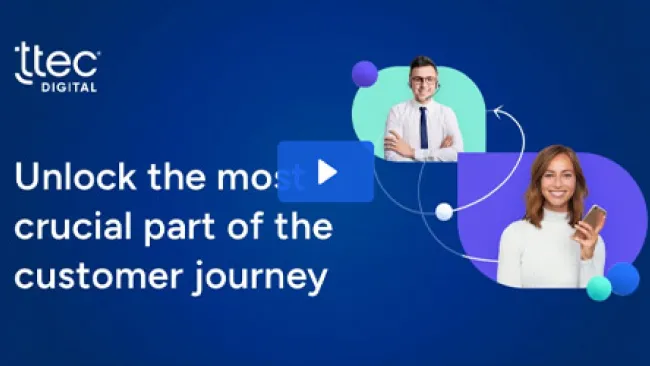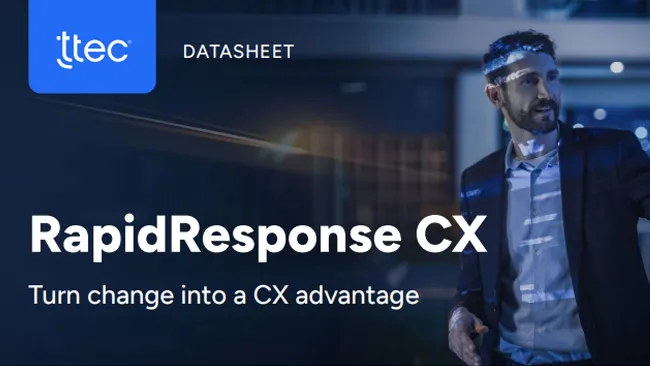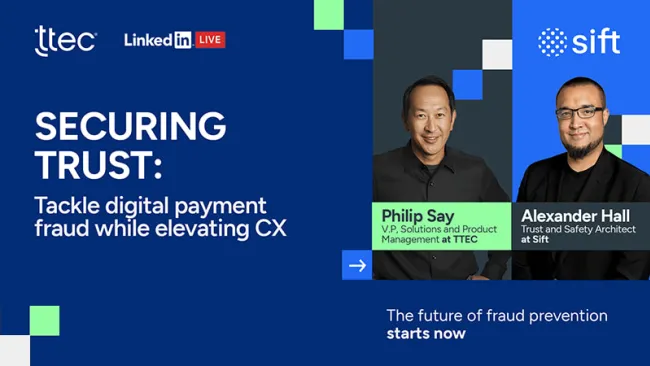I recently participated in two different business meetings, at two different companies, each of which was wrestling with a separate and distinct problem related to the accelerating rate of technological and social change. The “game clock” for business competition is clearly speeding up.
My first discussion was with a technology company that wants to bring to market a very cool new technological product that meets some critical enterprise communications needs in the mobile space. The company already has a very successful implementation and more than a dozen companies lined up for pilot programs, representing tens of millions of dollars in business.
But there’s a catch.
Putting this software product into wide usage will require an agreement with a particular non-technology partner that owns a critical part of the IP. The partner is slow to move. They’ve been giving “go” signals for months, but they haven’t gone. They haven’t inked the final deal yet, and their delay is now posing a real risk, because in the mobile space this is likely to be a short-lived window of opportunity.
Fast forward to a discussion I had the very next day with a B2C company trying to put together a customer-centric strategy for its contact center. The problem they were wrestling with was that the consumers they serve are quickly adopting new technologies themselves—smartphones, tablets, location-specific services, social media interfaces, and the like. A lot of them still use their phones primarily to make phone calls, but a rapidly increasing number of them expect many more choices. The company’s customer differentiation strategy has to anticipate this sea change in customer behavior. Rather than simply differentiating their customers into the segments that fit the current population of customers, behaving as they do today, they need to anticipate and segment their future customers now, just so they can deal with the near-term future.
So, in two days I had two different meetings that drove home for me the stark fact that change is happening much faster now. Technology is improving faster, disruptive innovations are more frequent, and customer behaviors themselves are changing more quickly than ever.
Part of this is simply Moore’s Law, with its inexorable doubling of computer power every 18 to 24 months. But in addition to this, we now have a pronounced and noticeable network effect in innovation. All innovations are generated by people working together, combining old ideas and concepts to come up with new ones. Because of the increasing speed and volume of interaction, innovations are now springing up at a combinatorial rate, which is even faster than Moore’s Law!
How do you plan in this environment? Here are a few suggestions:
• Anticipate and plan for multiple scenarios. A fast-moving future is difficult to predict. So make contingency plans. Always have a Plan B. And maybe a Plan C.
• Find and rely on the predictable elements of the current situation. You may not know what particular technology will make it easier for your customers to interact with you, or easier for a business to maintain and communicate with its field sales force, but you know these technologies are coming. That much is predictable.
• Remain agile, and respond qickly. There’s no substitute for awareness, listening, and detecting events as soon as they happen. As change accelerates, it’s more important than ever for your organization to develop a “sense and respond” capability, which means empowering your people to act quickly and decisively.
• Cultivate your reputation for trustability. In a less predictable, more rapidly developing future, you must be ready for failure, success, and everything in between. As long as your customers and stakeholders find you trustable, they will all have an interest in seeing your company weather whatever unpredictable future disruption or storm might come your way.















